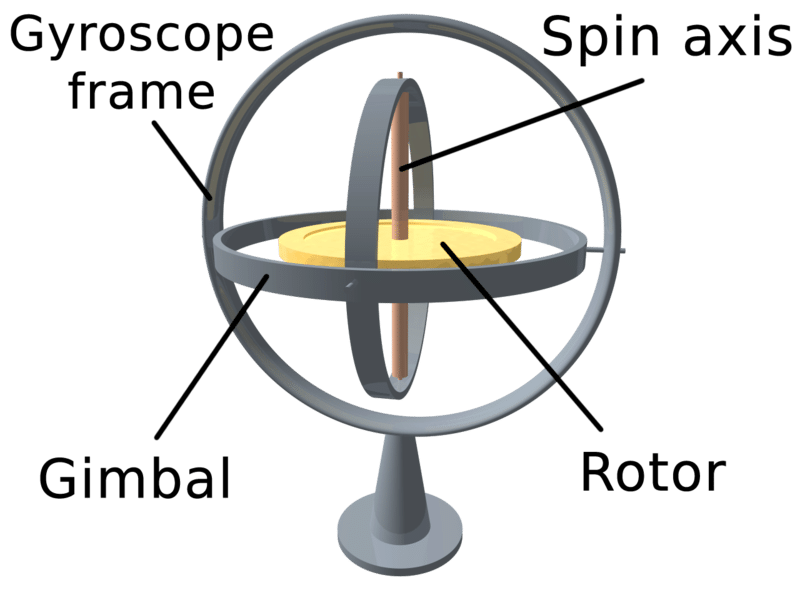Why would you want to calculate the head speed of your RC helicopter when you can simply measure it using a tachometer?
Believe it or not, there are a couple of reasons, the most obvious being that you might not own a tachometer.
But the more common reason you’d want to be able to calculate the head speed of your RC helicopter is before you buy it.
When you’re purchasing a new bird, you traditionally need to match the motor pinion with the head speed you’d like to achieve and since you can’t physically measure it, you need to calculate it.
Calculating the head speed using the formula below won’t give you an exact head speed, but it will be close enough to tell you which pinion you should use to get the head speed you want.
Variables like air temperature, humidity, altitude, wind, and more will affect the actual measured head speed of your RC helicopter, and although using complicated mathematical algorithms you can compensate for them, there’s not really any reason to be that accurate.
Anyways, here’s the formula:
Head Speed = ((Motor Kv x Battery Voltage) / (Main Gear Teeth / Pinion Teeth)) x Efficiency Coefficient
The Kv of your motor equals the RPM (rounds per minute) it turns per volt applied.
For example, if your motor turns 812 RPM per volt it would have a Kv of 812. When running it on a 10s or a 37v setup, the motor would be turning at 30,044 RPM.
But since electric motors aren’t 100% efficient and some energy is lost to friction and heat, we multiply the RPM by the efficiency coefficient of the motor to get the actual RPM.
Most brushless motors have an efficiency rate of about 87% – 92% and a motor turning at 30,044 RPM with an efficiency coefficient of 89%, would really only be running at 26,739 RPM (30,044 RPM x 0.89 Efficiency Coefficient = Actual RPM of 26,739).
The battery voltage is the nominal voltage of the pack. Even though a 37v pack will be around 42v when fully charged, it runs at around 37v under load so that’s the number you’ll use for head speed calculations, not the fully charged/discharged voltage.
The teeth on your main gear and pinion is simply the number of teeth on the gears. Most manufacturers publish that info, but if in doubt, count it out.
By the way, this only really works with electric helicopters. There are ways to estimate the head speed of a nitro or gas-powered RC helicopter, but it gets to be much more complicated and isn’t really as necessary as it is with electrics.
Here’s a quick example:
Head Speed = ((812 Kv x 37v ) / (140 teeth / 10 teeth)) x 0.89 efficiency coefficient
Head Speed = (30,044 / 14) x 0.89
Head Speed = 2,146 x 0.89
Head Speed = 1,910 RPM
The actual measured head speed of my heli using the above calculations was 1920 – only 10 RPM off from the calculations.
by Eduardo Nordell





